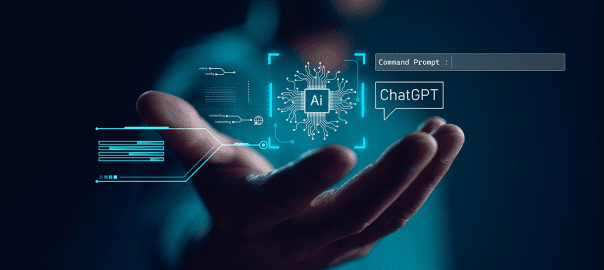June 7, 2023 /Technology/ — ChatGPT is a specific type of generative AI, but not all generative AI is ChatGPT. Generative AI is a broad term that refers to any type of AI that can create new content, such as text, images, or music. ChatGPT is a specific type of generative AI that is designed to generate text that is similar to human-written text.
ChatGPT is a large language model (LLM) that was created by OpenAI. LLMs are trained on massive datasets of text and code. This training allows them to learn the patterns of human language and to generate text that is similar to human-written text. ChatGPT is particularly good at generating creative text formats, like poems, code, scripts, musical pieces, email, letters, etc.
Generative AI is a broader term that refers to any type of AI that can create new content. This includes ChatGPT, but it also includes other types of AI, such as:
- Image generation: This type of AI can create new images, such as paintings, photographs, or cartoons.
- Video generation: This type of AI can create new videos, such as movies, TV shows, or animations.
- Music generation: This type of AI can create new music, such as songs, albums, or soundtracks.
- Text generation: This type of AI can create new text, such as poems, stories, or essays.
Other examples of generative AI include:
- DALL-E 2: This AI can generate realistic images from text descriptions.
- GPT-3: This AI can generate text, translate languages, write different kinds of creative content, and answer your questions in an informative way.
- MuZero: This AI can learn to play games without any prior knowledge of the rules.
Generative AI is a rapidly developing field with the potential to revolutionize many industries, such as entertainment, advertising, and education. It can be used to create new forms of art, to generate new products and services, and to improve the way we interact with computers.
Here is a table that summarizes the key differences between ChatGPT and Generative AI:
| Feature | ChatGPT | Generative AI |
|---|---|---|
| Type of AI | Large language model chatbot | Broader term that refers to any type of AI that can create new content |
| Applications | Chatting, translation, writing, and answering questions | Image generation, video generation, music generation, and text generation |
| Potential impact | Revolutionize many industries, such as entertainment, advertising, and education | Wide-ranging, depending on the specific application |
Here is another table that summarizes the key differences between ChatGPT and Generative AI:
| Feature | ChatGPT | Generative AI |
|---|---|---|
| Type | LLM | Broad term |
| Purpose | Generate text that is similar to human-written text | Create new content, such as text, images, or music |
| Examples | ChatGPT, GPT-3, MuZero | DALL-E 2, Imagen, Parti |
| Potential applications | Create new forms of art, generate new products and services, improve the way we interact with computers | Wide range of applications across different industries |
Despite these differences, ChatGPT and other types of generative AI are both powerful tools that can be used to create new and innovative content. As these technologies continue to develop, we can expect to see them used in even more ways to improve our lives.

